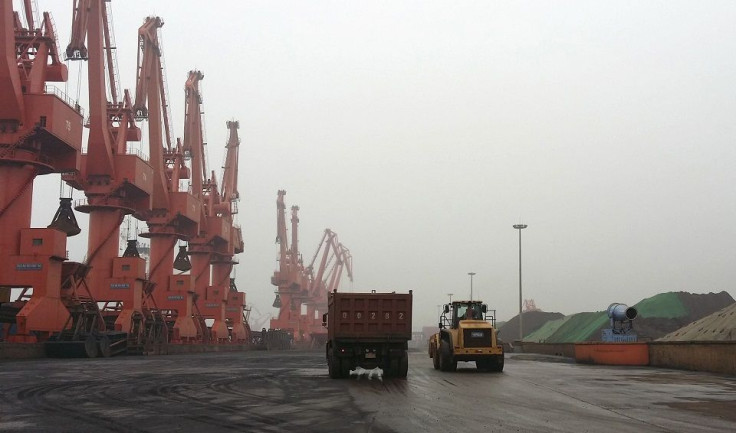Iron ore price jumps to $74.12, highest level in 2 years

In only nine days the price of iron ore jumped by US$9.72 (A$12.77), or 4.5 percent, to US$74.12 (A$97.40) from US$64.40 (A$84.62) per tonne. The new price establishes a two-year high since Nov 17, 2014 when it peaked at US$75.10 (A$98.68)
It is a 94 percent gain from the low December 2015 level of US$37 (A$48.62) set on Thursday, according to Metal Bulletin. Besides the improvement in price of iron ore with 62 percent content delivered to Qingdao, the contract on the Dalian exchange is more than double and up 98 percent in SGX AsiaClear futures, Sydney Morning Herald reports.
Prior to the recent price rallies, many analysts forecast a fourth year of losses. The Q4 2016 turnaround is caused by credit-fueled property rebound in China and a trading boost on local futures market. Analysts now expect supply of the key-steelmaking ingredient from big miners to go up as demand out from China is on track to meet growth targets.
The Australian notes that the most recent price rally is linked speculation and to the boost in price of coking coal, another key ingredient in steel manufacturing. But many analysts believe there is oversupply in the market and the current prices are not sustainable.
A commenter asked the business daily to run again some of the analysts’ predictions three and six months ago forecasting falls in iron ore prices. He describes those predictions as “more spectacular failures from the stock broking industry.”
The recent gains of iron ore price also happened right after the election of Republican candidate Donald Trump as the 45th president of the US. However, in a note, Goldman Sachs Group points out that the United States is just a minor player in bulk commodity markets. Its share remains low and a large stimulus is needed “to move the needle globally.”
Because of the price rallies, iron ore shareprices more than tripled in Sydney for Fortescue Metals Group (ASX: FMG) in 2016, grew 30 percent for Rio Tinto (ASX: RIO) and 37 percent for BHP Billiton (ASX: BHP).





















